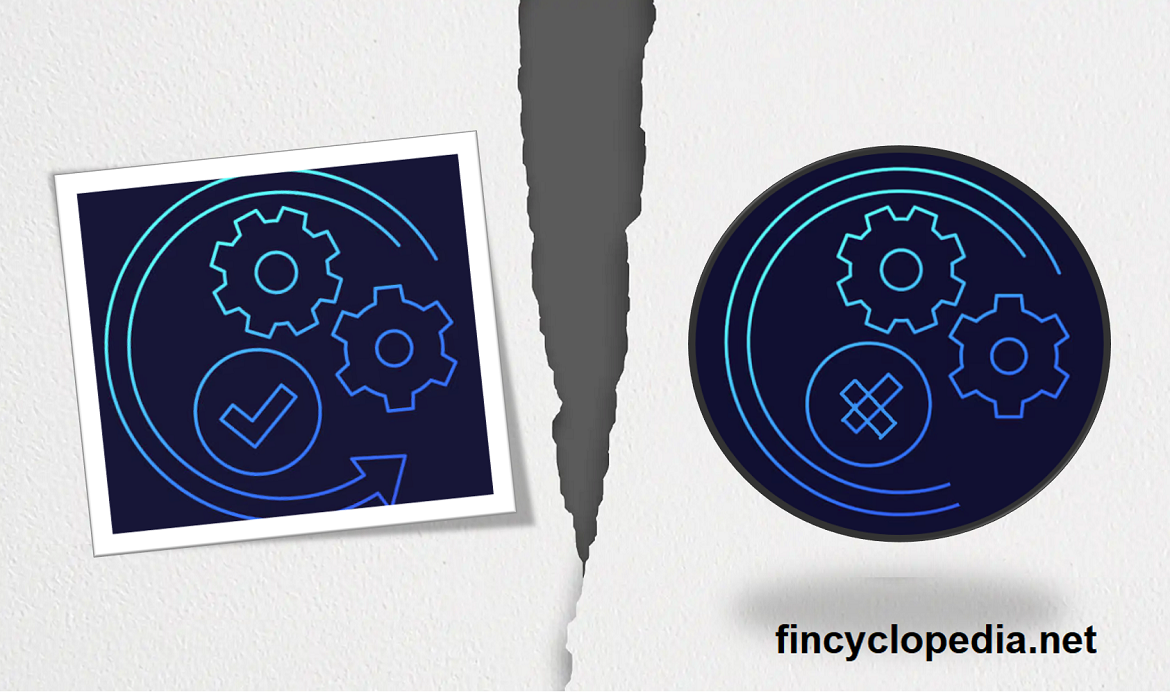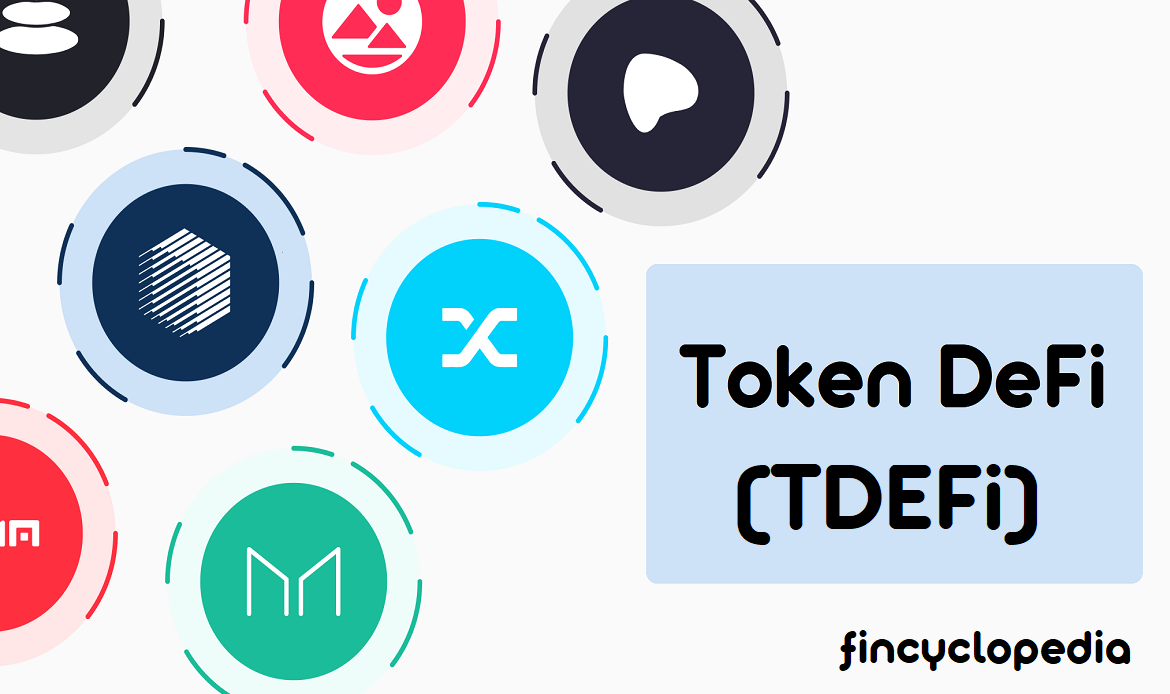A non-linear product is a product (financial product) that does not feature a 1:1 relationship between its price movement and that of its profit/ loss (return). In other words, the product’s return reaction is more or less proportionate. In the complex and dynamic world of finance, nonlinear products carry a special importance due to their delicate role in multiple areas including hedging. These products are ‘nonlinear’ in the sense that a unique characteristic comes into play: the relationship between the value of the product and the price of the underlying asset is not a straight line, but a curvy line.
This is opposed to the case of linear products such as a stock. A stock is associated with a linear risk: if XYZ stock price increases by $1 (no matter the trading price) the holder will make a $1 profit (capital gain).
On the other hand, a non-linear product involves a non-linear risk that arises when such a price-return relationship is non-linear. A bond features such a risk: if the yield on a 10-year bond (4% coupon) increases by 100 basis points, the holder would lose more proportionately (in the market value of the bond) when the yield increases from 1% to 1.5%. But if the yield increases from 4% to 4.5%, the loss would be substantially less. Generally speaking, as yields fall, bond prices become increasingly sensitive to their movement (a type of risk known as negative convexity).
The main examples of non-linear products include:
- Bonds and similar debt securities.
- Options.
- Exotic swaps.
- Structured trades.
- Swaptions.







